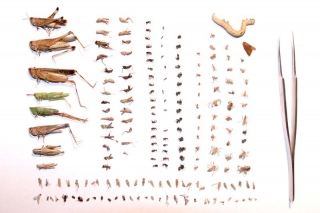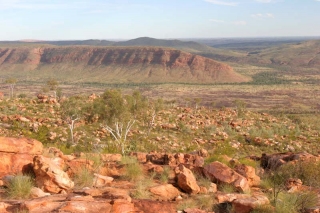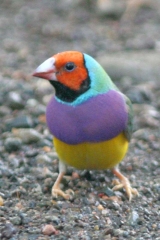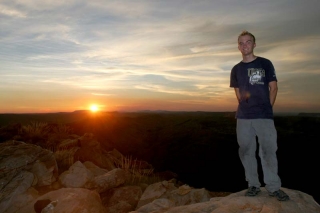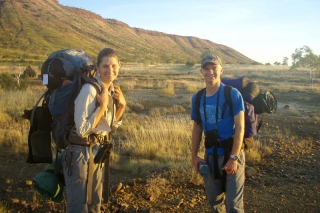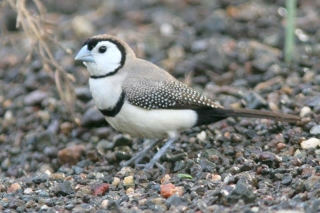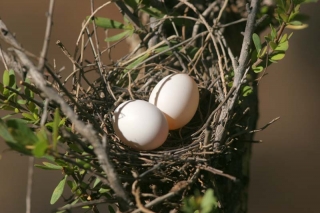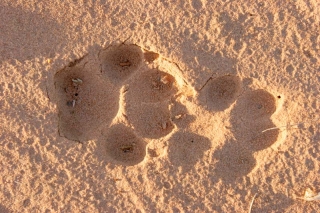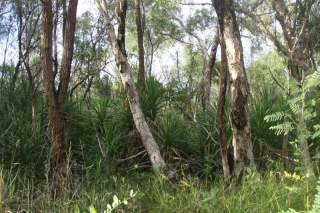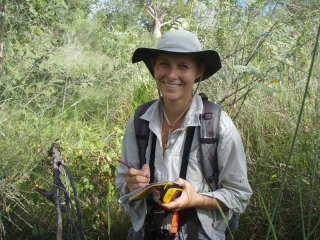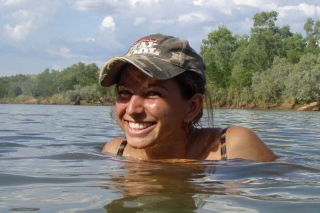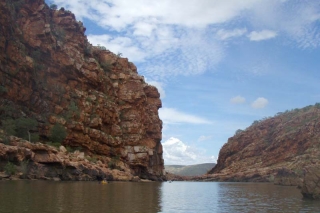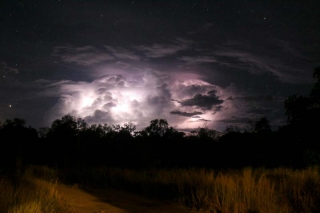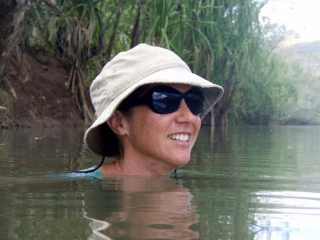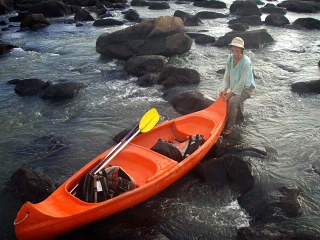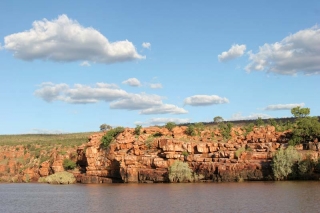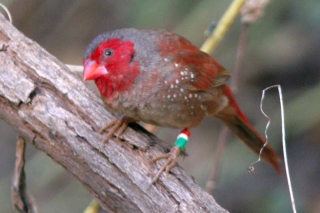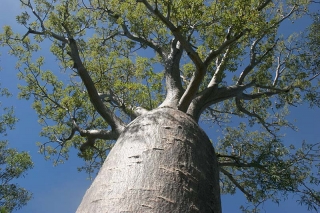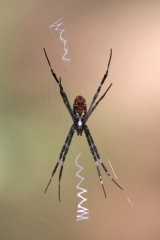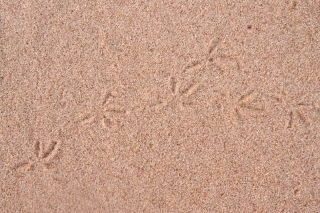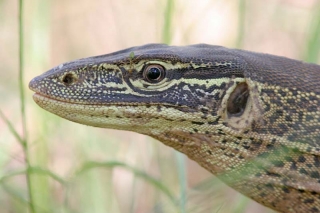Among intense days, today was intense. Sara and I surveyed the upper Adcock River for fairy-wrens, the longest stretch we’ve done yet.
Things started early when Michelle dropped us before dawn at the closest road crossing. Sara and I hiked to our first point by the light of the full moon, watching the sun rise as we bushwhacked through mangroves and across twisting gravel bars. From there, we scrambled and surveyed upstream, stopping every 100 meters to play a fairy-wren tape, all day long.
From the farthest point, we turned around and navigated back to the dropoff crossing. By the time Michelle picked us up, we were once again hiking in the dark, using headlamps to illuminate the muddy mangrove mazes until well after dinnertime. Overall, we covered about 17 kilometers (11 miles), stopping only briefly for lunch and a couple snacks along the way.
Hiking was at times smooth, rough, passable, and brutal. In the afternoon the temps surpassed a hundred degrees (as usual) while we hauled ourselves over logjams, skidded out in slippery mud, climbed up and fell down riverbanks, shoved through springy mangroves and 8-foot-tall sorghum grass, swatted clouds of flies, faceplanted into orb spiderwebs, and avoided prowling crocodiles, sweating bullets at every turn. The terrain here is raw and unforgiving.
We found a few fairy-wrens, but a more unexpected discovery kept us guessing. About five kilometers from the nearest entry point, I stumbled across a full-size, stainless steel kitchen knife resting on a gravel bar. Who leaves that kind of thing lying by a river? And who was out there anyway, far from the remotest signs of civilization? The property belongs to a neighboring ranch, Mount House, and I wondered if maybe some cowboys were carving up a steer and misplaced their knife (another little ways and we found an entire cow skeleton, complete with perfect skull). Sara, though, pointed out it could have been a murder weapon, so we worked out our alibis just in case. But the knife was duller than high school geometry, too blunt to stab anyone, so I shucked it in my backpack with plans to find a sharpener back at Mornington.

